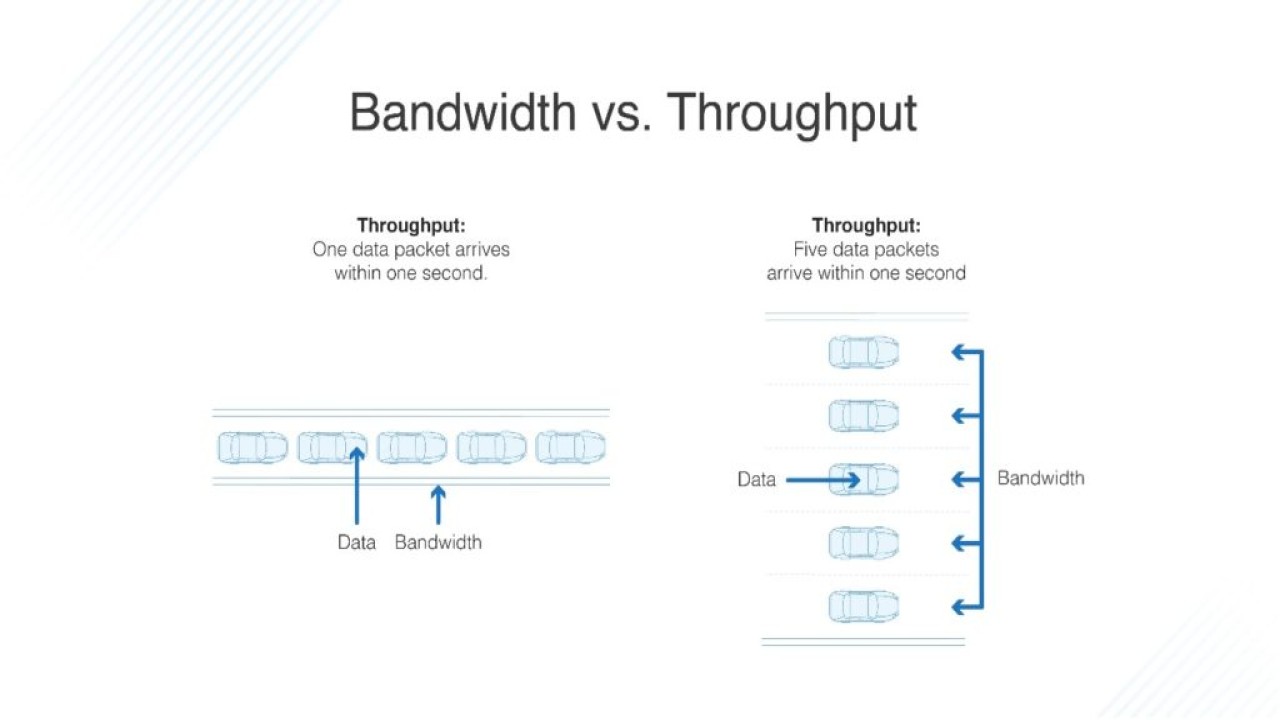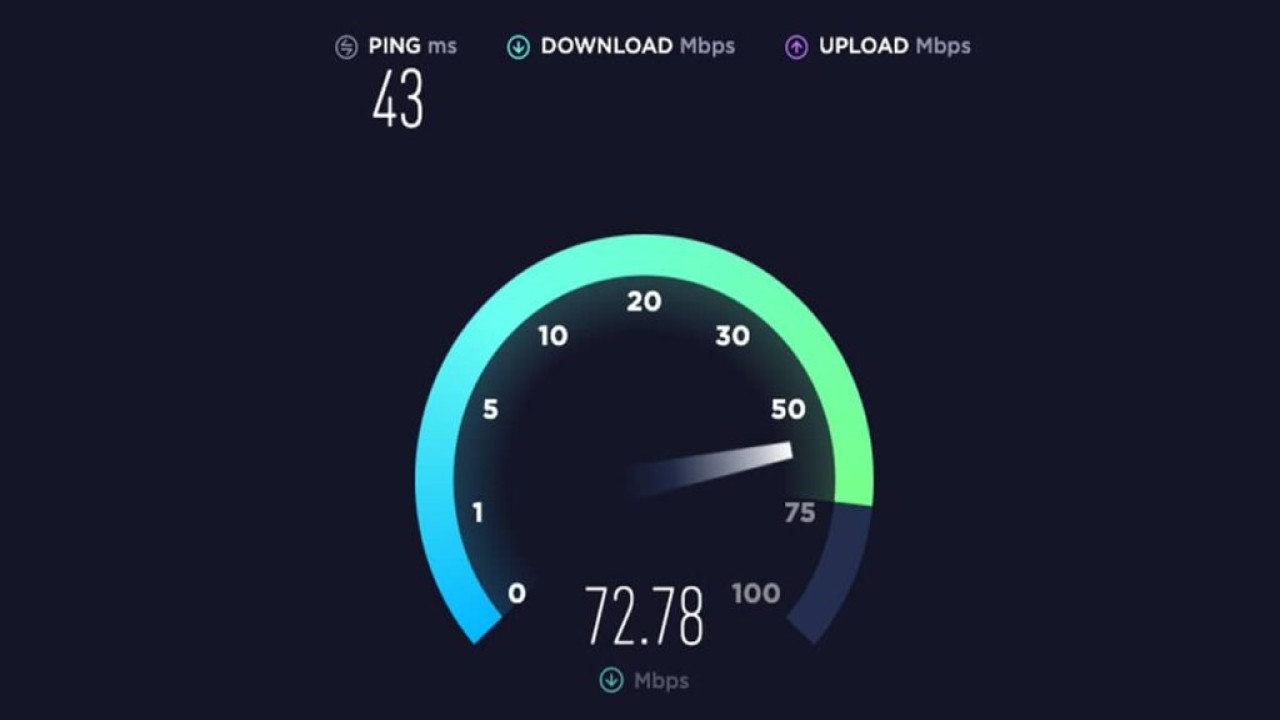Network Bandwidth vs Throughput vs Speed
Network bandwidth is a proportion of the information move rate or limit of a given organization. It's a significant organization estimation for grasping the speed and nature of an organization.
Network transfer speed is usually estimated in bits each second (bps). Practically speaking, associations and web access suppliers (ISPs) measure data transmission in megabits each second (Mbps) or gigabits each second (Gbps).
Network bandwidth vs. throughput
Transmission capacity in systems administration is the most extreme potential information move pace of an organization or web association.
Throughput is the real information moved effectively in an organization. Estimating network data transfer capacity doesn't look at whether as a test information move brings about effective or fruitless information transmission. It just computes how much information moved in the organization.
Essentially, the organization throughput would continuously be not exactly the organization data transmission.
Different variables influence the throughput of an organization, including a low organization transfer speed that can prompt organization clog.
At times, an organization part like a switch getting a greater number of information parcels than its standard limit may adversely influence the organization's throughput, in any event, when the free data transmission of the organization is a lot higher. Different variables can likewise influence network throughput, like parcel misfortune, explicit organization conventions, and organization gadgets, among others.
Network bandwidth vs. speed
Data transfer capacity and speed are in many cases misjudged and considered something very similar. In legitimate specialized terms, transmission capacity and speed are two distinct yet related parts of an organization.
Data transfer capacity explicitly alludes to the limit at which an organization can send information. For instance, assuming the transmission capacity of an organization is 40 Mbps, it suggests that the organization can't send information quicker than 40 Mbps in some random case.
Then again, network speed alludes to the real rate at which information is sent in an organization. The speed of an organization relies upon the organization and gadget factors, for example, the convention utilized for the information move, a gadget's remote or wired network gathering limit, and a server's capacity to deal with information move to different clients. A low organization data transmission likewise influences network speed.
For instance, on the off chance that a client gadget in an organization utilizes a 802.11b organization connector, it can't acknowledge an information move speed of in excess of 11 Mbps. This is because of the transmission capacity impediment of the client gadget's organization connector, regardless of whether quicker information moves are conceivable inside the organization.









Comments (0)
No comments found